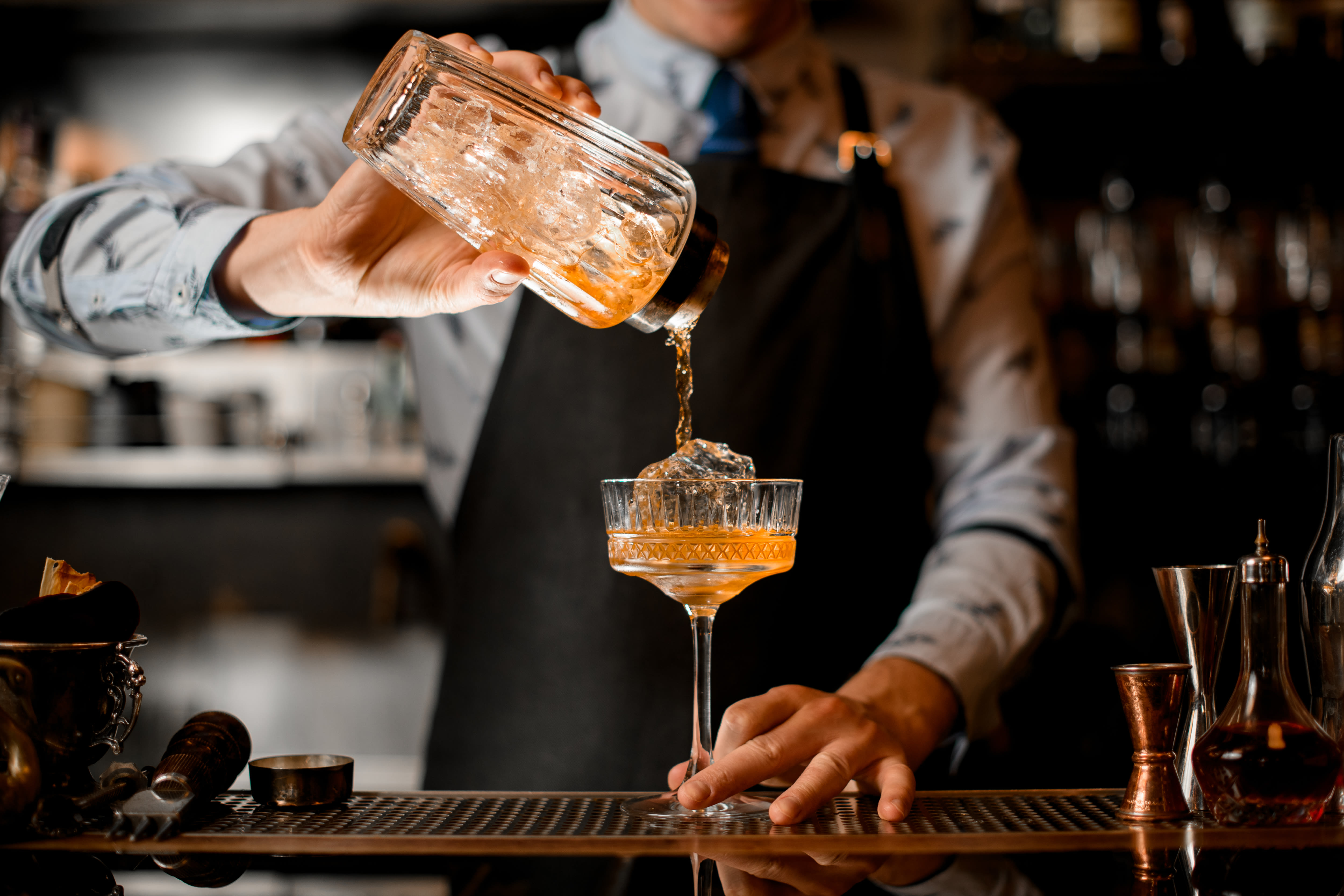Checking in on Some Favorite Wines and Finding Some New Favorite Bottles

Image: Kari Perrin
The one wine event I look forward to each year is the Trade Tasting that takes place after the main Forks & Corks Food and Wine Festival hoopla. The event allows those of us the wine trade and media to sample the wines shown in the Grand Tasting and speak with the winery principals without the confusion of 1,000 other people trying to do the same.
Events of this magnitude are rare on the Suncoast, and one would typically have to travel to South Beach or New York to find anything comparable. My goal in attending this year was to see what’s happening with established wineries and scout some new finds that might interest readers.
My first obligatory visit was the table for Grgich Hills Estate. Milyenko (or Mike) Grgich was a founding presence in Napa Valley and recently passed away at 100 years old. He was born in Yugoslavia, now Croatia, and learned winemaking there. He later emigrated to the United States and, after working at various wineries, formed his own facility. His passion was chardonnay, and he was recognized as producing the finest chardonnay in the world—not once, but twice. Grgich always thought his wines were superior and priced them accordingly. In tasting his Napa chardonnay ($34), I found it to be bright and complex, with wonderful layers of fruit. Impossible to spit.
At another table was one of the first wines I ever enjoyed, Château Chasse-Spleen. It originates from a small region in Bordeaux called Moulis. It was always representative of the Bordeaux style, and could have been confused for a grand cru despite being one of the most consistent and affordable Bordeaux wines. The 2015 vintage was lively and demonstrated the new “softness” characteristic of current Bordeaux wines. It was complex and nuanced, with an endearing style. Jules Coulaud represented the chateau, and we discussed the decline in Bordeaux wine sales and the increasing pressure on prices. The wine was well rounded and palatable, but I wonder if consumers will pay the price ($62) for a softer, ready-to-drink wine.
Tuscany is probably the most recognizable wine making area of Italy, but its neighbor Umbria is rising in popularity. Fine examples of wine from the region were found at the Cotarella table. In 1979, Renzo and Ricardo Cotarella founded Falesco, and the Falesco Vitiano, a blend of sangiovese, cabernet sauvignon and merlot, is a delicious, well-structured wine that can easily compete with the best of Tuscany. The latest generation of the family, three sisters, have expanded their holdings to Tuscany and have produced an excellent Brunello di Montalcino, a gold medal winner at the event.
Bob McGinn has spent his entire career in the wine industry—forming wine clubs, working in wine sales marketing and engaging in all facets of the winemaking process, including vine management, fermentation and yeast analysis. He has developed wine programs for companies such as Marriott, Sheraton and Smith & Wollensky, and consults with local restaurants. You can read more of McGinn’s work at gulfcoastwinejournal.com.



